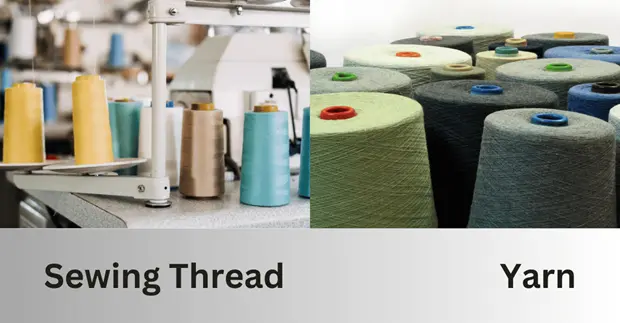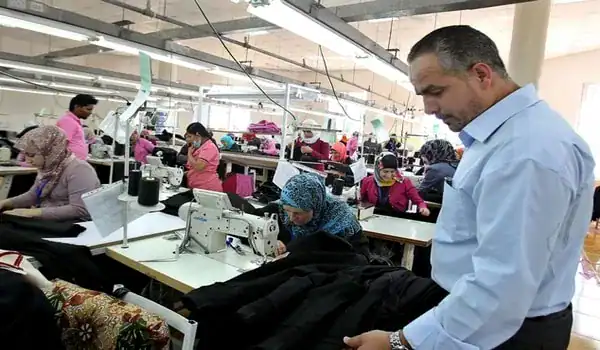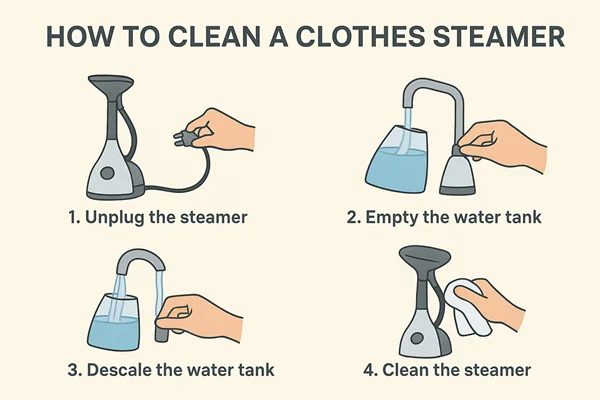Differences Between Sewing Thread and Yarn
Differences Between Sewing Thread and Yarn
Both are made of fibers. It seems the yarn and threads are used for two different purposes. Where one is made for making a shape or giving a structure. And another is used for making a product itself. The chronological and basic differences are found while selecting category-wise differences. Following are the differences between yarn and thread. In this article, we discuss on key Differences Between Sewing Thread and Yarn.

Sewing Thread
- Fine wire of fibrous material, like cotton or flax, fabricated from 2 or additional filaments twisted along and utilized in needlework and therefore the weaving of material.
- The sewing thread could be a tightly twisted strand of 2 or additional plies of yarn that area unit circular once cut in cross-section.
- It’s used for hand stitching and in-home stitching machines.
- 95 % of all stitching thread that’s factory-made is employed in industrial and industrial stitching.
- Stitching thread is distinguished from yarn by the actual fact that thread is employed to stitch along clothes or alternative merchandise, however, yarn is the assortment of fibers to weave or knit into a textile material. The terms area unit is confusing and area unit is typically used interchangeably; the thread is fabricated from yarn, however, yarn isn’t fabricated from threads.
Yarn :
- A continuous strand of twisted threads of natural or artificial material, like wool or nylon, is utilized in weaving or knitting.
- A continuous strand of fibers classified or twisted along and wont to construct textile materials.
- The yarns area unit is made up of natural and artificial fibers, in filament or staple type. The filament is extremely long fiber, together with the natural fiber silk and also the artificial fibers. Most fibers that occur in natural areas unit fairly short, or staple, and artificial fibers could also be dug short, uniform lengths to make a staple.
- Spinning is the method of drawing out and twisting a mass of cleansed-ready fibers. Filament yarns usually need less twist than staple yarns. additional twist produces stronger yarn; low twist produces softer, shinier yarn. 2 or additional single strands could also be twisted along to make ply yarn. Knitting yarns have less twist than weaving yarns. “Thread”, is used for stitching, maybe a tightly twisted ply yarn.
Conclusion
Finally, both Sewing Thread and Yarn are textile materials, that come from fiber but in the end, they have different uses in Textile and apparel processes. One is used for the stitching process, and another is used for fabric manufacturing.



